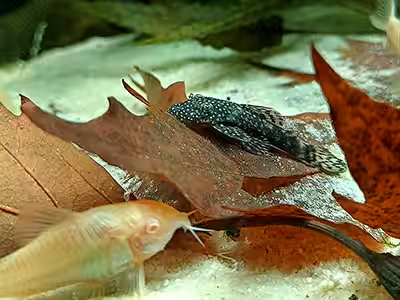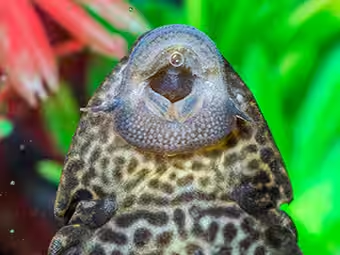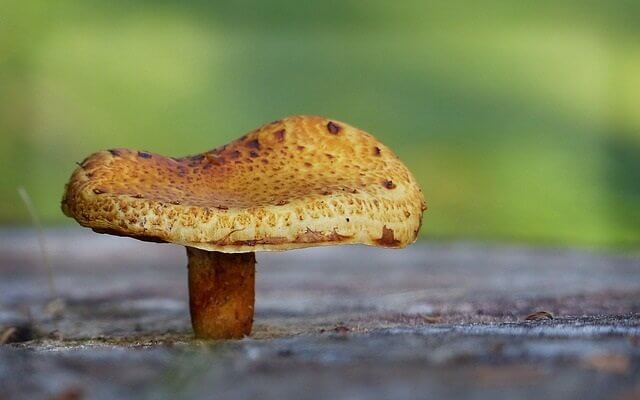The Devil Fish: The Invasive Threat Devouring Mexico's Ecosystems
From Aquarium to Disaster: How the Devil Fish Became a National Plague
Reading time : 1 minute,
Discovery Chepe Id-803-ECO
Published in
09-04-2025

Photo: Ilias Triantos. Before it became a plague in our rivers, the devil fish was a pet. Its unique look made it popular in home aquariums, with many unaware of the damage it could cause if released into the wild. A reminder that small decisions have big consequences.
The devil fish, scientifically known as Pterygoplichthys, has become one of the most concerning invasive species in Mexico's aquatic ecosystems. Despite its striking appearance, its presence has caused serious environmental, economic, and social damage. Originally from South America, this species was accidentally introduced into Mexican waters and has spread uncontrollably ever since.
History and how it arrived
The devil fish arrived in Mexico in the late 20th century. It was first sold as an ornamental fish for aquariums because of its ability to clean algae. However, when it outgrew domestic tanks, many owners released it into rivers and lagoons. That seemingly harmless act unleashed an invasion that now affects states such as Tabasco, Chiapas, Campeche, and Veracruz.
Damage to ecosystems
1- This fish competes with native species such as tilapia and mojarra, taking away their food and habitat.
2- It erodes riverbanks and lagoons by digging tunnels for shelter, causing soil loss.
3- Its excessive consumption of natural resources alters the food chain and reduces biodiversity.
4- It has caused million-dollar losses for fishermen by damaging nets and displacing commercial species.

Battle Against Bioinvasion: The Impact of Pleco Fish in Mexican Waters
Photo: Daniel Lloyd Blunk-Fernández.
Solutions and strategies
a) Promote controlled fishing of the species. In some regions, its consumption is encouraged or used as raw material for animal feed.
b) Create environmental education campaigns to prevent the release of exotic species into bodies of water.
c) Support research projects to give it productive uses and reduce its negative impact.
Expectations and outlook
The future against the devil fish plague will depend on coordination between governments, fishermen, and society. Although difficult to eradicate, its effects can be mitigated through sustained management strategies. The main challenge will be balancing ecosystem conservation with the livelihoods of thousands of fishing families. According to CONAPESCA, Mexico is advancing in control plans, but the challenge remains significant.
Beyond being an ecological issue, the devil fish has become a reminder of the consequences of irresponsibly introducing foreign species. The lesson is clear: prevent new invasions and protect the richness of rivers and lagoons.
See Also
Discovery Chepe
Most read...














